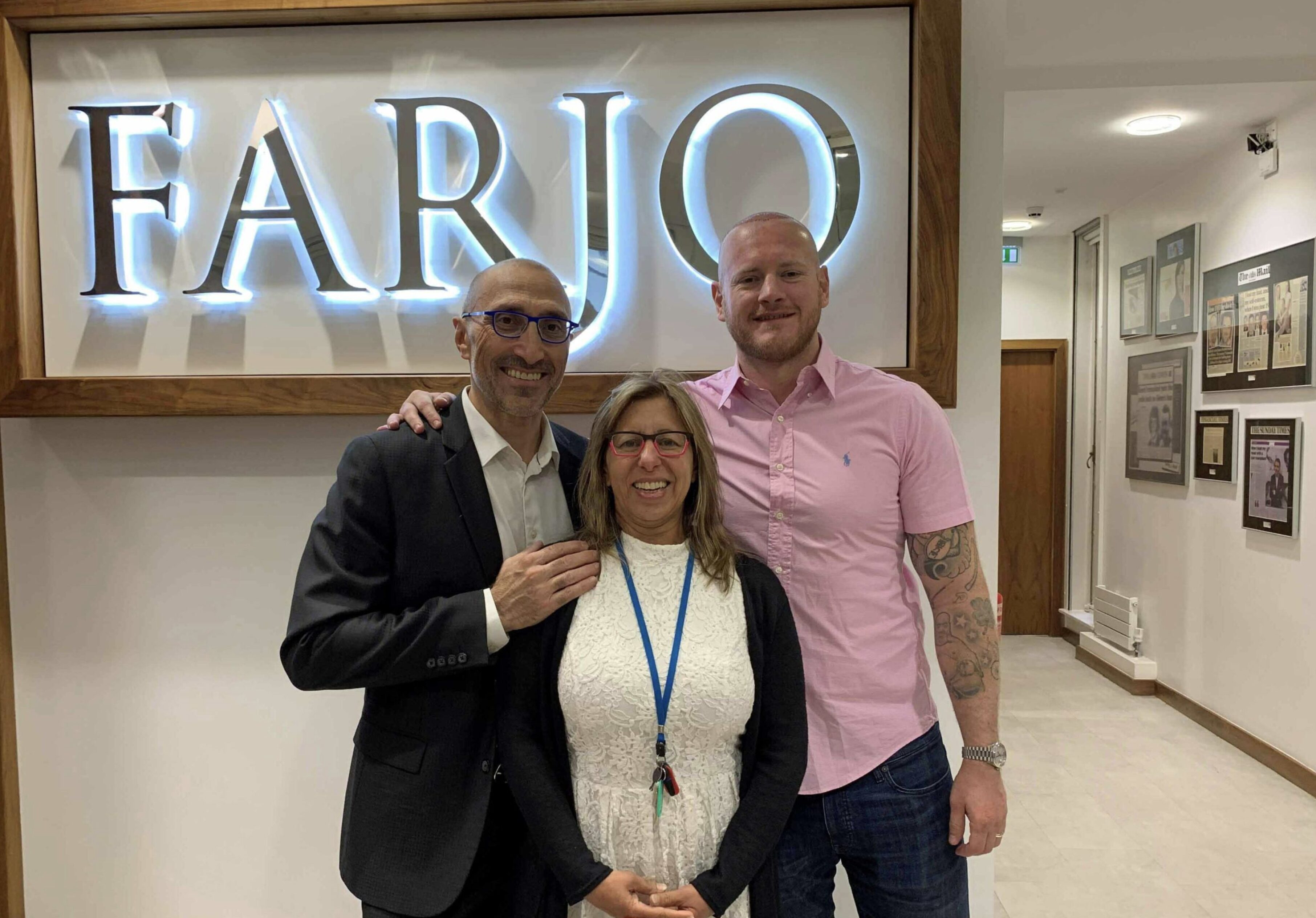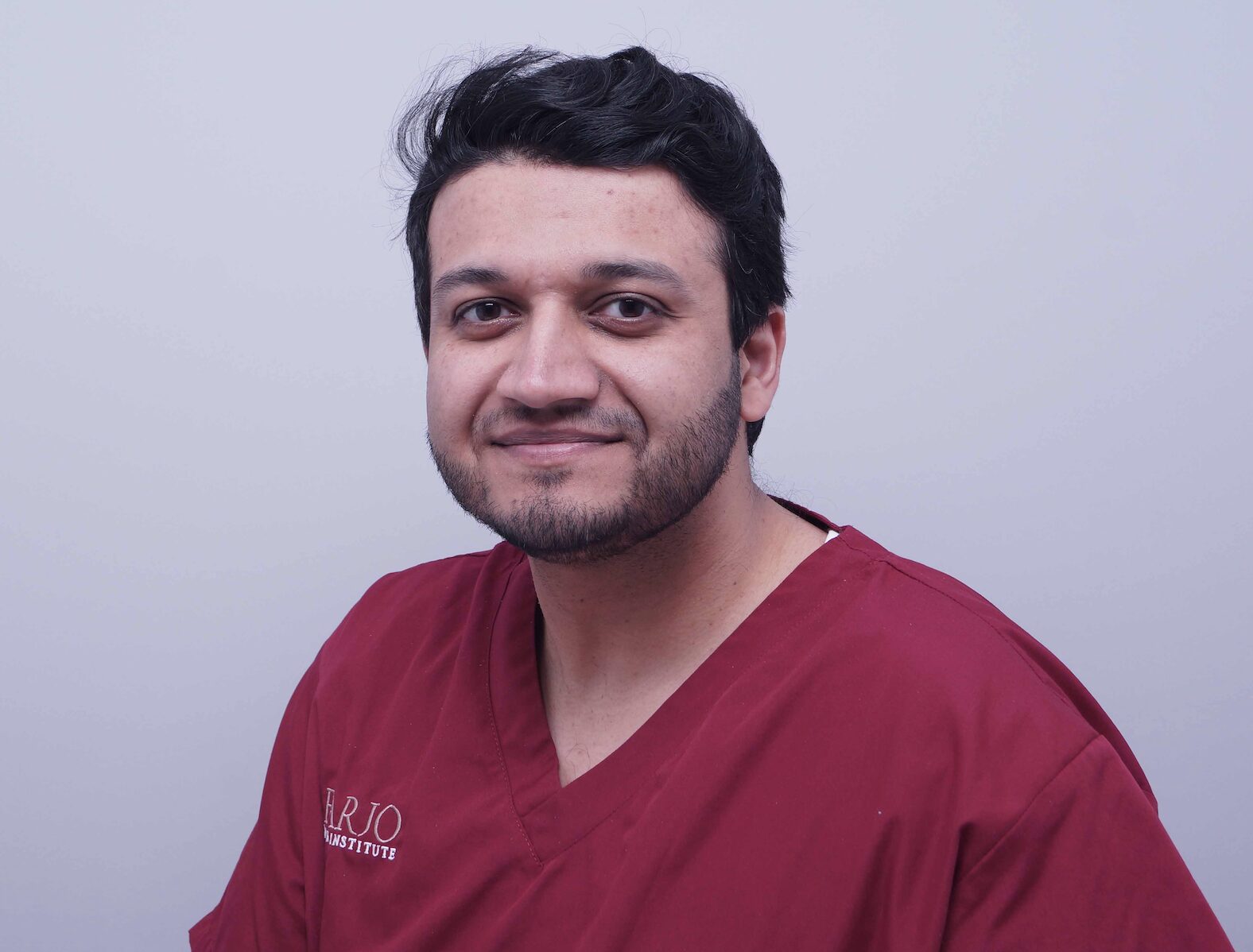Government backs baldness cure
8th October 2006
SIR BOBBY CHARLTON tried a comb–over, Silvio Berlusconi had transplants and Sir Elton John dons lurid toupees.
Now the government, perhaps pitching for the votes of millions of middle-aged men with thinning pates, is to invest £1.9m of taxpayers’ money in research to develop an effective baldness treatment.
The remedy is being backed by Lord Sainsbury, the science minister, who believes Britain could become the world leader in baldness expertise and earn millions of pounds.
The procedure is designed to enable men to regrow their hair permanently with a series of cheap injections. Although it is unlikely to restore a full head of hair, the result, say the researchers, is more reliable than questionable lotions and looks more realistic than wigs or transplants.
It involves collecting hair follicles from the head, reproducing them in a test tube and injecting millions of them back into the scalp to grow new hairs.
History is littered with failed cures for balding but the new approach has impressed Sainsbury. “Biotechnology provides a real opportunity to harness the world-class expertise we possess in Britain. This initiative should establish British industry as the world leader in this area,” said the minister, who at the age of 65 is thinning only slightly.
The potential treatment is being developed by Intercytex, a British firm set up in Manchester by Dr Paul Kemp, a biochemist who has made himself a guinea-pig for the new treatment.
His company is one of many firms competing to find a cure for hair loss. Balding affects 40% of men over 50 but only 2% opt for hair-loss treatments.
Advanced procedures include surgery to cut follicles from the side of the head and plant them on top, a procedure that costs thousands. Some men complain transplants give their hair the “tufty” pattern of dolls’ heads.
Berlusconi, the former Italian prime minister, had transplants last year and sported a bandana to cover the healing scars when he met Tony Blair on holiday.
“There is a huge potential market,” said Kemp. “Analysts estimate that a good baldness treatment could be worth £1 billion a year in Britain and many times that worldwide.”
The approach devised by Kemp begins with a small slice of the scalp, complete with hairs and follicles, is removed from the back of the head. Follicles from this area tend to be the longest lived: follicles on top of the head tend to die young, a difference that gives rise to typical male-pattern baldness.
The sample is taken to a laboratory where the dermal papilla cells, which produce the hair, are extracted and grown in flasks. After eight weeks the flasks should contain millions of cells.
Kemp said: “The idea is to inject the cells back into the scalp, where many of them will develop into new hair follicles.”
The most daunting part of the procedure is that a typical bare pate would need about 1,000 injections to establish enough new hair follicles. Each injection would penetrate just 3mm into the skin and would be done under local anaesthetic.
Kemp’s procedure has been tested on seven volunteers, with the next round of clinical trials under way. The first volunteers received injections of hair follicle cells into small patches on their scalps. “The treated patch was about the size of a 5p piece and the number of hairs went up from 250 before the treatment to 316 after,” said Kemp.
Dr Bessam Farjo of the Farjo Hair Institute, a hair restoration clinic based in Manchester, where the trials are being carried out, said: “Current hair transplant techniques take a long time so they cost a lot of money. It is very early days but if this new procedure works it would be faster and cheaper.”
The most popular surgical technique for restoring lost hair is through transplants in which plugs of hair are removed from the scalp at the back of the head and “planted” in small incisions on balding areas.
This procedure, known as the “Elton John” in the trade, can take up to eight hours and can cost up to £10,000. Its shortcoming is that it simply redistributes existing hair rather than achieving real regrowth.
Even so, it has given new confidence to many men whose confidence was shattered by hair loss. Geoff Bridgman, 39, from Poole, Dorset, has twice had strips of scalp transplanted from the back of his head, at a total cost of £6,000.
“Balding made me feel aged. Looking in the mirror before going out, or standing up in a meeting was difficult,” he said.
Similar doubts can afflict the most apparently confident of men. Shane Warne, the Australian cricketer and Graham Gooch, the former England captain, are among those who have apparently benefited from such treatment.
Meanwhile, the cause of baldness is becoming clearer. Scientists at Bonn University recently found that women who pass a gene conferring high testosterone to their sons also make them more prone to premature baldness.


